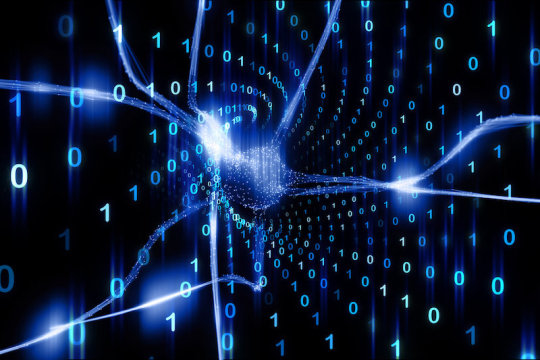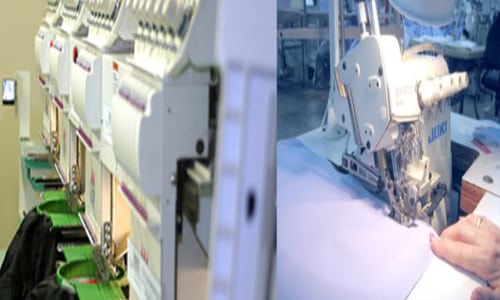
Researchers at Stanford University have developed a new device for connecting the brain directly to silicon-based technologies. While brain-machine interface devices already exist -- and are used for prosthetics, disease treatment and brain research -- this latest device can record more data while being less intrusive than existing options.
"Nobody has taken these 2D silicon electronics and matched them to the three-dimensional architecture of the brain before," said Abdulmalik Obaid, a graduate student in materials science and engineering at Stanford. "We had to throw out what we already know about conventional chip fabrication and design new processes to bring silicon electronics into the third dimension. And we had to do it in a way that could scale up easily."
The device, the subject of a paper published March 20 in Science Advances, contains a bundle of microwires, with each wire less than half the width of the thinnest human hair. These thin wires can be gently inserted into the brain and connected on the outside directly to a silicon chip that records the electrical brain signals passing by each wire -- like making a movie of neural electrical activity. Current versions of the device include hundreds of microwires but future versions could contain thousands.
"Electrical activity is one of the highest-resolution ways of looking at brain activity," said Nick Melosh, professor of materials science and engineering at Stanford and co-senior author of the paper. "With this microwire array, we can see what's happening on the single-neuron level."
The researchers tested their brain-machine interface on isolated retinal cells from rats and in the brains of living mice. In both cases, they successfully obtained meaningful signals across the array's hundreds of channels. Ongoing research will further determine how long the device can remain in the brain and what these signals can reveal. The team is especially interested in what the signals can tell them about learning. The researchers are also working on applications in prosthetics, particularly speech assistance.
www.sciencedaily.com








